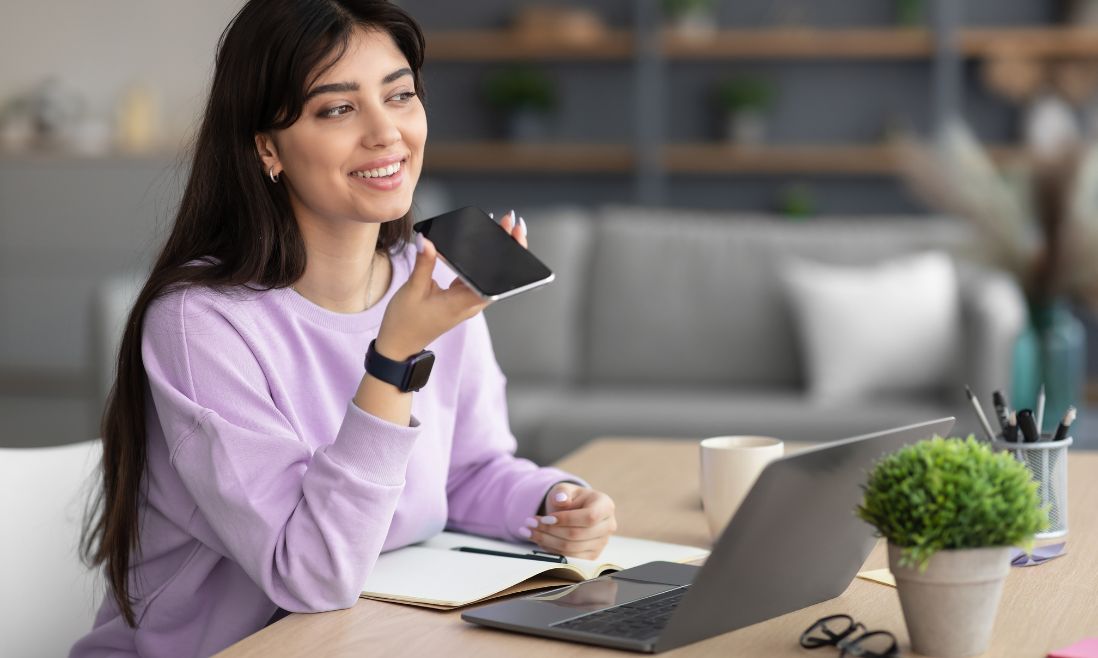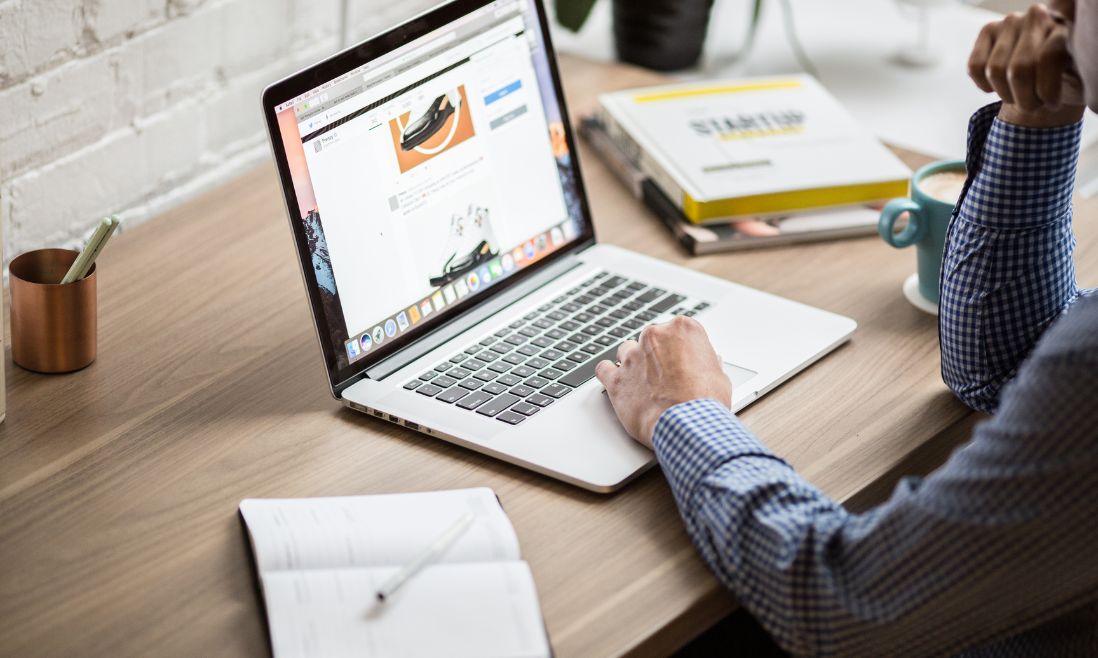The challenge in staying current in the e-commerce field is not only adapting to the current market but also anticipating and preparing for the transformative shifts that are on the horizon. As e-commerce develops, the chance of falling behind and missing out on opportunities becomes an increasingly pressing concern for both startups and established brands.
In the face of this challenge, however, there is always a way for those who dare to navigate the future with insight and foresight. Each trend, from innovative technological advancements to shifting consumer behaviors, creates a dynamic canvas of opportunities and challenges.
Join us on this blog as we investigate the future of e-commerce, providing clarity on what lies ahead and arming you with knowledge.
Contents
10 Trends That Will Shape The Future Of eCommerce
Here, we’re going to explore the top ten trends that are changing the way we shop online. You’ll learn about the latest technology, how businesses are making shopping more personal, and changes in what customers want.
1. Artificial intelligence

Artificial intelligence (AI) refers to the simulation of human intelligence in machines that are programmed to think and learn. AI encompasses various technologies, including machine learning, deep learning, computer vision, and natural language processing. These technologies enable machines to analyze data, identify patterns, make decisions, and take actions without human intervention.
A Forbes Advisor survey reveals that most business owners think artificial intelligence will benefit their businesses. A substantial number of respondents (64%) anticipate AI will improve customer relationships and increase productivity, while 60% expect AI to drive sales growth.
How to Adapt
- Personalized Customer Experiences: AI can analyze customer data to personalize shopping experiences. This includes personalized product recommendations, customized marketing messages, and tailored search results. By understanding customer preferences and behavior, e-commerce businesses can present products that are more likely to result in a sale.
- Chatbots and Virtual Assistants: Implementing AI-powered chatbots and virtual assistants can enhance customer service. These tools can provide instant responses to customer queries, assist with purchases, and offer personalized recommendations. They can operate 24/7, improving customer engagement and satisfaction.
- Automated Marketing and Sales: AI can automate and optimize email marketing campaigns, social media advertising, and other digital marketing efforts. It can segment customers based on their behaviors and preferences, and deliver highly targeted ads and promotional content, increasing the chances of conversion.
2. Augmented reality

Augmented reality (AR) is another exciting technology with enormous potential in e-commerce, and it works by overlaying digital information onto the real world through devices like smartphones or smart glasses.
AR presents a fascinating opportunity for e-commerce to bridge the gap between the online and offline worlds, creating a more interactive, immersive, and ultimately, more satisfying shopping experience for customers. Provided by Threekit, 61% of consumers say they prefer retailers with AR experiences able to know that the product they are purchasing will fit their needs.
How to Adapt
- Virtual Try-Ons: For fashion and accessory retailers, AR can enable customers to virtually try on clothing, glasses, jewelry, and more. This can be done through smartphone cameras, allowing customers to see how products would look on them, thereby reducing the uncertainty associated with online shopping.
- AR in Home Decor and Furniture: AR can allow customers to visualize how furniture or home decor items would fit and look in their actual living spaces. Customers can use their smartphones or tablets to place 3D models of products in their homes, helping them make more informed purchase decisions.
- Interactive Product Demonstrations: Products can be showcased in 3D through AR, allowing customers to interact with them. This can be particularly useful for electronics, appliances, and even cars, enabling customers to explore features, colors, and functionalities in a more immersive way.
3. Voice search

Voice search refers to the technology that allows users to interact with a computer, smartphone, or other devices by using spoken language rather than traditional text input. It utilizes speech recognition and natural language processing algorithms to understand and interpret the user’s spoken queries, enabling them to perform various tasks.
Voice search has become increasingly popular with the rise of virtual assistants and smart speakers, providing users with a more convenient and accessible way to interact with technology. According to PwC, 50% of respondents have made a purchase using their voice assistant, and an additional 25% would consider doing so in the future.
How to Adapt
- Voice-Optimized Website Content: Optimize website content for voice search by using natural language with a conversational tone. This includes incorporating long-tail keywords and questions that people are likely to ask during voice searches.
- Voice-Activated Shopping: Integrate voice recognition technology into e-commerce platforms, allowing customers to shop using voice commands. This can be especially useful for reordering products or conducting quick searches.
- Integration with Voice Assistants: Develop skills or actions for popular voice assistants like Amazon’s Alexa, Google Assistant, and Apple’s Siri. These integrations can facilitate voice shopping, order tracking, and customer service interactions.
4. Social commerce

Social commerce refers to the integration of social media and e-commerce platforms, allowing users to engage in shopping activities directly within the social media environment. It involves the use of social media channels, such as Facebook, Instagram, or Pinterest, as platforms for discovering, exploring, and purchasing products or services.
Social commerce aims to merge social interactions and online shopping, creating a more interactive and personalized experience for consumers.
According to Statista, Global sales through social media platforms were estimated at 992 billion U.S. dollars in 2022. Online purchases through this channel will become even more popular in the future, reaching around 8.5 trillion U.S. dollars by 2030.
How to Adapt
- Establish a Strong Social Media Presence: Develop and maintain active profiles on key social media platforms where your target audience is most engaged. Regularly post engaging content, including product features, customer testimonials, and behind-the-scenes glimpses of your business.
- Utilize Shoppable Posts: Platforms like Instagram and Facebook allow businesses to create shoppable posts where users can directly purchase products featured in photos or videos. This seamless integration between showcasing and purchasing can significantly boost sales.
- Leverage Influencer Partnerships: Collaborate with influencers who resonate with your brand to reach a larger audience. Influencers can provide authentic product endorsements and create content that drives their followers to your social commerce platforms.
5. Mobile commerce

Mobile commerce (m-commerce) is the buying and selling of goods and services through mobile devices such as smartphones and tablets. The key components of mobile commerce include mobile shopping apps, mobile-optimized websites, and mobile payment systems. Users can browse products, compare prices, and make purchases using their mobile devices.
According to Statista’s Market Insights, mobile e-commerce sales reached $2.2 trillion in 2023 and now makeup to 60 percent of all e-commerce sales around the world. The share of mobile e-commerce in all e-commerce has been on a steady climb, up from just 56 percent in 2018 to an expected 62 percent in 2027.
How to Adapt
- Mobile-Optimized Websites: Ensure that your e-commerce website is fully optimized for mobile devices. This includes responsive design, fast loading times, and easy navigation on smaller screens.
- Mobile Apps: Develop a dedicated mobile app for your e-commerce business. Mobile apps can provide a better user experience, faster performance, and the ability to send push notifications to customers.
- Simplified Checkout Process: Streamline the checkout process for mobile users. This can include reducing the number of steps, offering a variety of mobile-friendly payment options, and integrating technologies like digital wallets and one-click purchasing.
6. Omnichannel commerce

Omnichannel commerce refers to a unified approach to retail and sales that integrates various channels, both online and offline, to provide a consistent and cohesive customer experience. An omnichannel strategy involves integrating inventory management, customer data, and communication strategies across channels to break down the barriers between different sales and communication channels.
According to ResearchGate, companies with strong omnichannel retailing retain over 89% of their customers than the companies with a weak omnichannel strategy.
How to Adapt
- Consistent Brand Experience: Ensure that the brand’s look, feel, messaging, and quality are consistent across all channels, including online platforms, physical stores, mobile apps, social media, and customer service.
- Cross-Channel Customer Service: Provide seamless customer service across all channels. Customers should be able to interact with customer service through their preferred channel, whether it’s social media, email, phone, or in-person.
- Unified Customer Data: Collect and analyze customer data from all touchpoints to gain insights into shopping behaviors and preferences. This unified data can be used to personalize experiences and improve customer service.
7. Personalization

Personalization in e-commerce refers to the customization of content, recommendations, and interactions based on individual user preferences, behavior, and demographic information. The primary goal of personalization is to enhance the customer experience by providing tailored and relevant information, products, or services to each user, ultimately increasing engagement, satisfaction, and conversion rates.
McKinsey’s personalization report further adds that 78% of consumers are more likely to recommend a brand that personalizes and helps in repeat purchases.
How to Adapt
- Data Collection and Analysis: Collect and analyze data on customer behavior, preferences, and demographics. This data can come from various sources such as website interactions, purchase history, social media activity, and customer feedback.
- Personalized Recommendations: Use algorithms and machine learning to provide personalized product recommendations. These recommendations can be based on the customer’s browsing history, previous purchases, and items frequently bought together.
- Customized Email Marketing: Send personalized emails based on customer data. This includes tailored product suggestions, special offers on items they’ve shown interest in, and reminders about items left in the cart.
8. Sustainability
Sustainability in e-commerce refers to adopting environmentally conscious practices and strategies throughout the entire supply chain and operational processes. The aim is to minimize the ecological impact of online retail activities, promote ethical sourcing, and contribute to a more sustainable and eco-friendly future.
According to a video from Statista about Consumer Trends in 2023, 44% of consumers are willing to change their habits to reduce the environmental impact.
How to Adapt
- Eco-Friendly Packaging: Use recyclable, biodegradable, or compostable packaging materials. Minimize packaging size to reduce waste and explore innovative packaging solutions that have a lower environmental impact.
- Sustainable Sourcing: Source products and materials from sustainable and ethical suppliers. Prioritize suppliers who demonstrate environmental responsibility and fair labor practices.
- Carbon Footprint Reduction: Implement strategies to reduce the carbon footprint of shipping and delivery. This includes optimizing logistics for efficiency, using electric or hybrid delivery vehicles, and offering carbon offset options for customers.
9. Same-day delivery

Same-day delivery in e-commerce refers to the fulfillment service that promises the delivery of orders to customers on the very day they are placed. This expedited delivery option aims to meet the growing demand for immediacy and convenience in online shopping, providing customers with rapid access to their purchases.
Provided by Statista, the same-day delivery market is forecasted to reach 26.4 billion U.S. dollars by 2027.
How to Adapt
- Robust Logistics and Fulfillment Infrastructure: Develop or partner with a logistics infrastructure capable of handling quick turnaround times. This may include investing in or collaborating with local distribution centers and warehouses.
- Advanced Inventory Management: Implement an advanced inventory management system that provides real-time data on stock levels. This ensures that products are available for immediate dispatch.
- Efficient Order Processing: Streamline order processing systems to reduce the time between order placement and dispatch. This might involve automating certain steps in the order fulfillment process.
10. The rise of marketplaces

The rise of online marketplaces refers to the increasing prominence of digital platforms that connect buyers and sellers, facilitating a wide range of transactions and commerce. These marketplaces act as virtual hubs where multiple vendors can showcase and sell their products or services, providing consumers with a centralized destination for diverse offerings.
According to Statista trends report, the revenue in the E-commerce market in the United States was forecast to continuously increase between 2023 and 2028 by in total of 614.2 billion U.S. dollars (+67.47 percent).
How to Adapt
- Establish Presence on Popular Marketplaces: Identify and establish a presence on online marketplaces that are popular with your target audience. This could include global platforms like Amazon, eBay, Etsy, or niche-specific marketplaces.
- Optimize Product Listings: Ensure that your product listings on these marketplaces are fully optimized. This includes high-quality images, detailed and SEO-friendly product descriptions, competitive pricing, and clear shipping and return policies.
- Integrate Marketplace Sales with Your Operations: Integrate your marketplace sales channels with your inventory management and order fulfillment systems to ensure efficient operations and avoid stock discrepancies.
How To Prepare For The Future Of eCommerce
The future of e-commerce brings both exciting possibilities and challenges, necessitating proactive preparation. To stay ahead in this evolving landscape, businesses should first embrace technological advancements. This includes utilizing AI for personalized customer experiences, streamlining operations through automation, and leveraging advanced analytics for data-driven decision-making.
Another critical aspect is enhancing the customer experience and establishing an omnichannel presence. This involves integrating online and offline channels seamlessly, offering diverse and secure payment options, and implementing technologies like augmented reality for immersive shopping experiences.
Ultimately, the future of e-commerce centers on creating personalized, convenient, and engaging experiences. By embracing innovation, addressing customer needs, and maintaining adaptability, businesses can position themselves for success in the years to come.
Read more:

